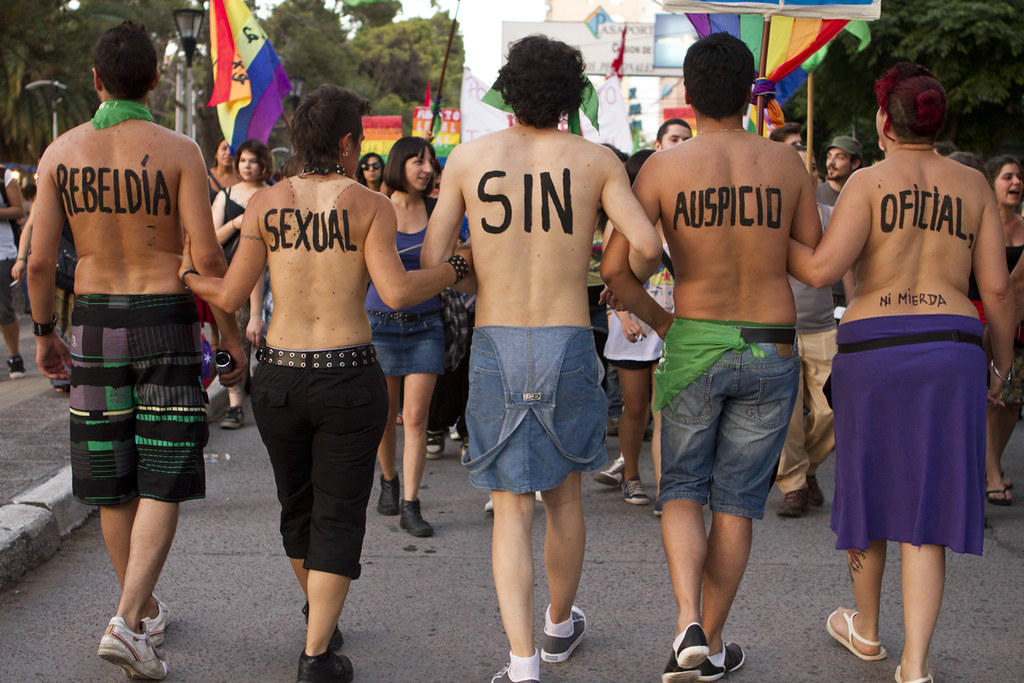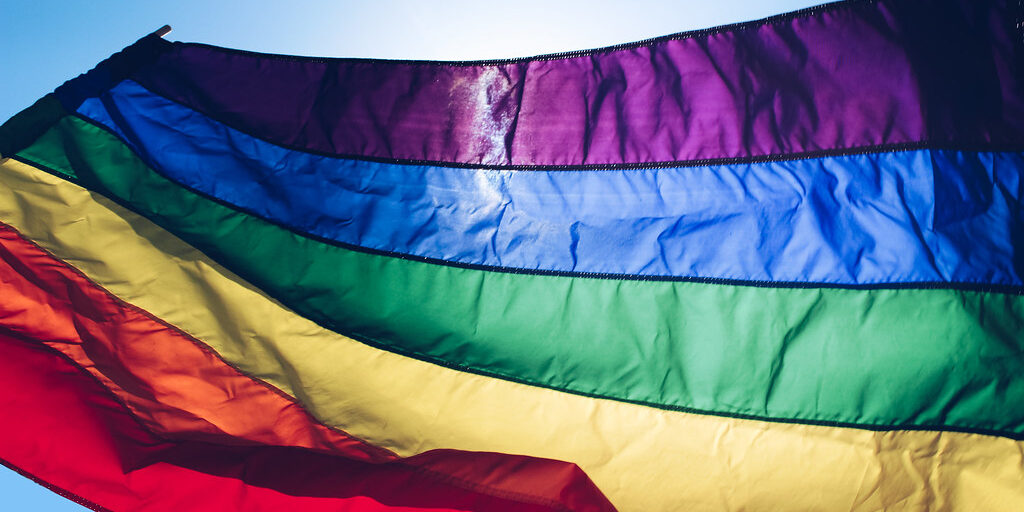Lesbian, gay, bisexual and transgender people, better known as part of the LGBT+ community, over the years have struggled to be accepted in society, just as they are, with their strengths and weaknesses, and their preferences. The interests that define someone’s personality should not be a reason for conflict if it does not cause harm to anyone; and taking into account that we live in a civilized world, where we must accept and understand our differences. So, it is not surprising that people in this community, who identify themselves as LGBT+, are simply part of our society like anyone else.
Achievements of the LGBT+ community
Did you know that homosexuality was part of the International Classification of Diseases? In 1990, it was discarded by the WHO. Imagine all those years, decades and centuries where many people were trying to be cured of a disease that simply did not exist.
Although today people who are part of the LGBT+ community have a remarkable acceptance; it is also true that many of them continue to face rejection, harassment, violence and even death just for having different orientations. This situation is expected to improve over time, when finally everyone can live in peace and without prejudice.

Thanks to all the complaints and protests of homosexuals, the LGBT+ community was created; and such has been the impact it has caused, that the heads of several UN agencies, the High Commissioner for Human Rights and the Secretary General of the UN have expressed themselves by making an international call in order to reach the global decriminalization of homosexuality. But this is not all, as it is also expected the strengthening, implementation and creation of measures that offer real protection for people who are part of the LGBT+ community. This is aimed at putting an end to acts of discrimination and violence to people, who far from doing harm, are also an important part of society.
Some basic terms to understand the LGBT+ community
To understand a little more about the LGBT+ community, it is worth knowing some basic terms:
What is sexual orientation?
It refers to the preferences that a person has, for example, if someone likes a person of the same sex (homosexual) or has preferences for people of the opposite sex (heterosexual); as well as can also feel sexual attraction for either sex (bisexual). The latter applies to both men and women; however, it is estimated that 93% of bisexuals are women.
In the case of homosexual women, they are called lesbians; this is the term to define that a woman is attracted to another woman; in the case of men, the term is gay, which refers to men who like other men.
What is gender identity?
It refers to people who feel that their biology does not correspond to their true gender identity. For example, a man, physically male, does not feel comfortable with his appearance, as he feels that his true self is a woman; the same can happen with women.
So, transsexual people are those whose biology does not coincide with their identity, therefore, they make changes in their body in order to look as they wish; many make the decision to have a “sex change” through plastic surgery and hormone consumption. But there are also transgender people, whose biology does not match their identity, but they do not make changes to their body, they just dress or make up according to the gender with which they identify. But this is not an idiom or an eventuality, it is a lifestyle.
What is gender expression?
It refers to both the appearance and the attitude and behavior that a person adopts in order to express a gender different from their biology. That is, a man dresses as a woman and a woman dresses as a man, as it is the case of Drag Queen or Drag King performances. However, this does not mean that a person is gay or lesbian, or that he or she wishes to change sex, because unlike a transgender, transvestites do so occasionally.
Now within gender expression, there are also hermaphrodites, who today are called intersex; these are people who were born with genetically both male and female characteristics.
As you can see, there is a lot of diversity within the LGBT+ community, where you can appreciate different orientations and lifestyles, but what they all have in common is their struggle to be accepted in society as people who simply have orientations or conditions that are outside the “traditional”.



